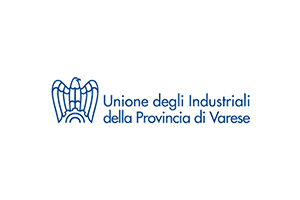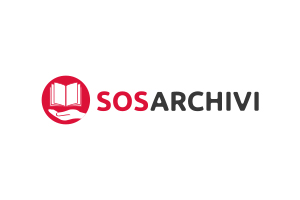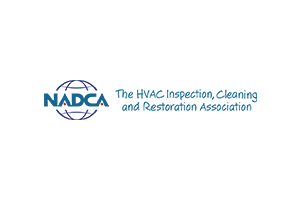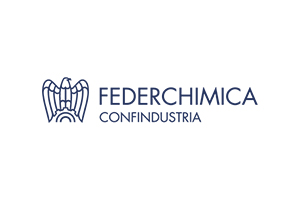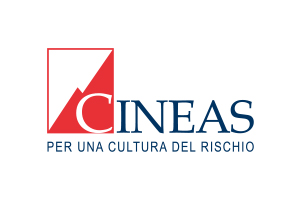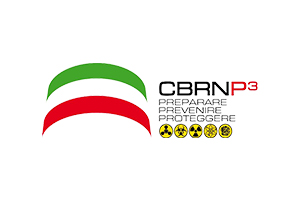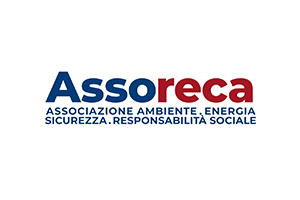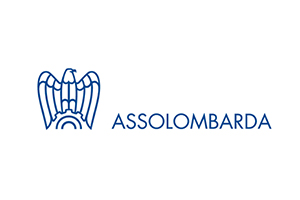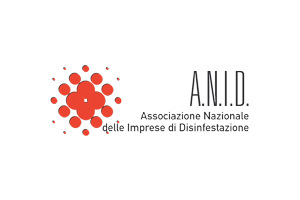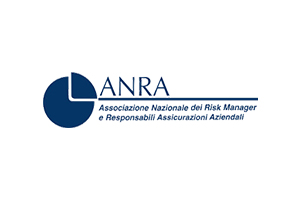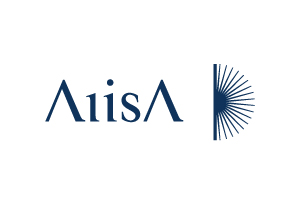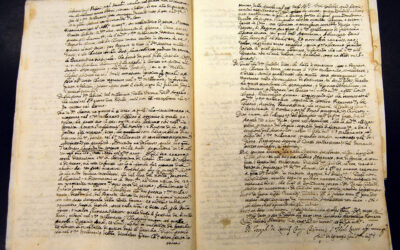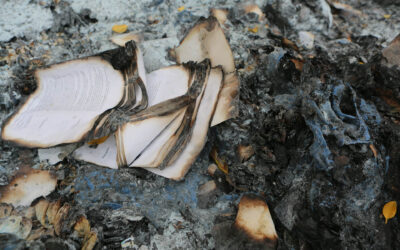 Archive, paper and document recovery
Archive, paper and document recovery
first aid 24/7
In case of documents, books or paper material affected by damages caused by humidity, water, fire, collapses or pathogens, Prodoc carries out drying, restoration and recovery interventions.
TOLL-FREE NUMBER: 800.001.001
 First Aid 24/7
First Aid 24/7
Intervention request form
 What can we do for you
What can we do for you
We intervene to recover and restore paper and digital archives, libraries and all paper and parchment material with state-of-the-art systems and processes.
Freeze drying
A system that reduces the drying time of paper by 75%
DISINFECTION
Our solutions to stop microbial attacks and molds
PEST CONTROL
Our systems protect you from damage by insects and rodents.
DUST REMOVAL
A mandatory operation prior to all restoration interventions.
STORAGE MATERIALS
We use certified containers for the conservation of paper material
BIOLOGICAL ANALYSIS
Microbiological analysis to identify the agents responsible for the attacks
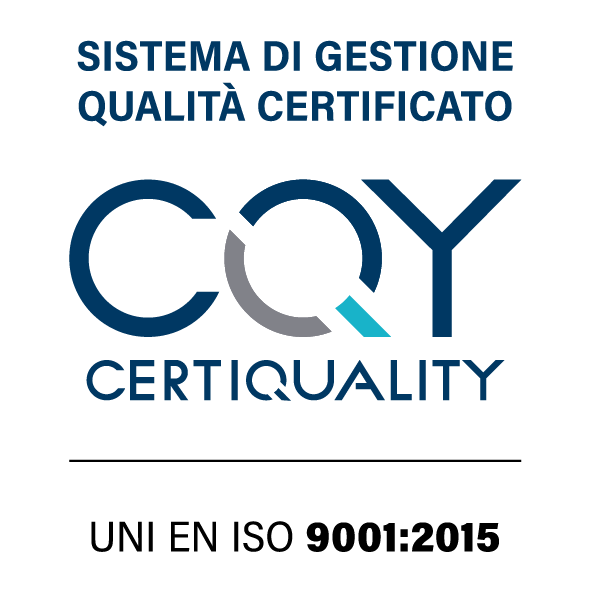
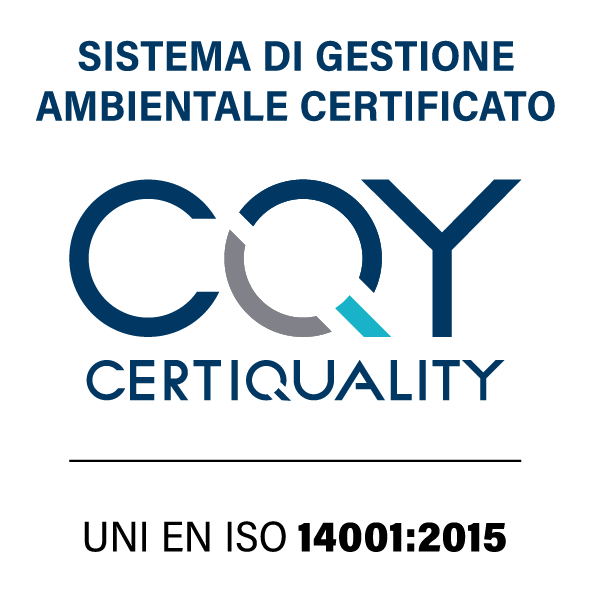
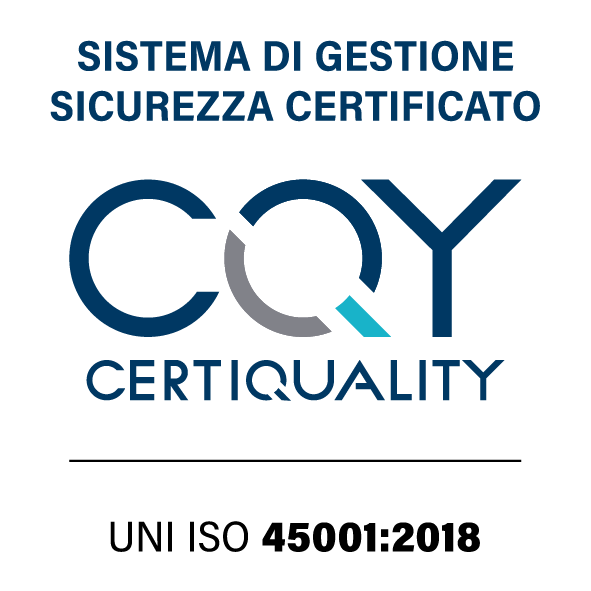
 When we do intervene
When we do intervene
Prodoc has an emergency team for rescue and restoration of archives, documents, books, paper material and other cultural assets following catastrophic events of any entity, both anthropogenic and natural.
 Ask an expert
Ask an expert
 Wet documents or books?
Wet documents or books?
The first 48 hours are crucial
Here’s what happens to paper material when it comes in contact with water. Timely intervention is essential to stop weed processes and chemical and mechanical damage.
Weight and volume gain
The materials that make up the books and archival documents are hygroscopic and thermolabile: when attacked by water they increase in weight and volume. Ancient books up to 80%, modern books up to 60%.
Differentiated reactions
The various types of material react differently to water and humidity in general: the leather of the covers shrinks and darkens while the papers usually increase in volume.
Chemical and biological damage
As a result of the action of water, the damage is of a chemical type, therefore washing away of inks and stamps, and compacting of the papers, especially the coated ones. Biological damage is linked to the attack of materials by microorganisms.
Mechanical damage
To the chemical and biological damages it is necessary to add the possible mechanical damages deriving from the falling of the volumes from the boxes.
Any other question?
 Partnerships
Partnerships
 Our blog
Our blog
news about restoration and rescue
Emergency in archives: chemical degradation agents
The chemical deterioration of archival material can usually occur due to two main triggering causes: the self-induced degradation of the same material of which the documentary assets are composed and the decay due to the interaction with substances found in the...
Emergency in archives: the physical agents of degradation
Physical degradation, resulting from profound structural changes in the composition of the basic substances of archival and book material, derives from three main factors: light, heat and humidity. These three elements act gradually and in depth, and their effect is...
Security procedures after an accident
The procedures for securing of cultural heritage vary according to the type of material and especially the type of damage it has suffered. In this article we will talk about: Security procedures after a fire Security procedures after an earthquake Security...






